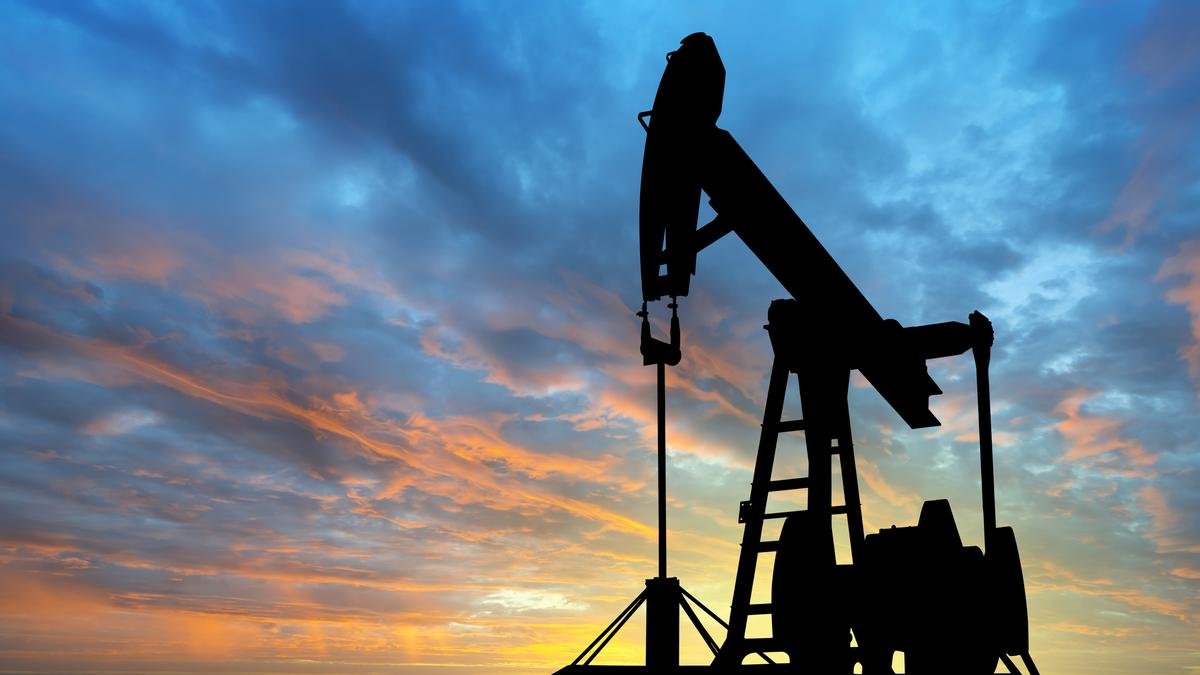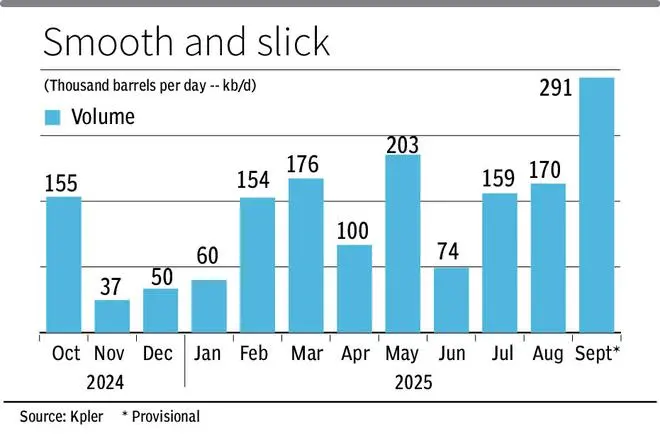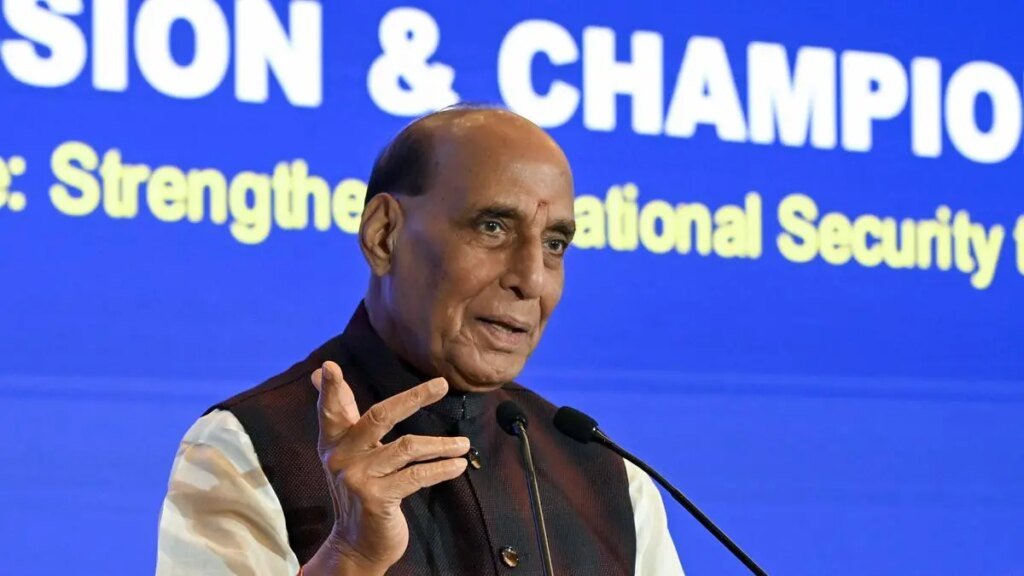Diwali for refiners: India’s diesel exports to Europe in September highest since 2017


Refinery maintenance across the Atlantic Basin tightened supply widening the East–West arbitrage and creating demand for ultra low sulphur diesel.
| Photo Credit:
Getty Images
India’s diesel exports to Europe surged to their highest level on record, since 2017, as heavy refinery maintenance across the Atlantic Basin tightened supply widening the East–West arbitrage and creating demand for ultra low sulphur diesel.
Besides, strong refinery runs coupled with limited domestic turnarounds during September left refiners with ample exportable diesel cargoes to export higher volumes to not just Europe, but also Latin America.
OPEC in its October 2025 monthly oil market report, quoting ship-tracking data, said Indian diesel exports to Europe in September reached the highest level recorded since 2017.
“Surge in Indian diesel exports was supported by widening East-to-West diesel crack spread differentials and emerged on back of reduced Russian product exports due to unplanned disruptions and a decline in product output in the Atlantic Basin due to heavy refinery maintenance,” it added.
Global real-time data and analytics provider Kpler said exports surged to around 291,000 barrels per day (b/d) in September, nearly double August volumes (around 169,800 b/d) and almost 4x June levels (74,500 b/d), making it the highest monthly flow to Europe since December 2023 (314,000 b/d).

Strong arbitrage
India’s diesel exports to Europe rose by more than 70 per cent month-on-month (m-o-m) and 8 per cent year-on-year (y-o-y) in September 2025, Kpler data shows.
Cargoes to the Americas, which includes Latin America, rose over threefold, on a monthly basis, to around 130,000 b/d. On an annual basis, cargoes surged by over 10-fold.
Sumit Ritolia, Kpler’s Lead Research Analyst for Refining & Modeling, said that tightened supply from the Atlantic basin, widening East-West arbitrage pushed up demand for Indian diesel, particularly the winter grade from Reliance Industries.
“Reduced refinery output in Europe and the US during peak maintenance increased Europe’s dependence on long-haul imports, improving netbacks for Indian barrels,” he told businessline. (Netback calculates the revenue generated from oil and gas sales against costs incurred to bring the product to market.)
Besides, strong refinery runs and limited domestic turnarounds in September left refiners with ample exportable diesel, allowing traders to fully exploit favourable arbitrage economics, he pointed out.
“There has been a noticeable increase in flows to Latin America (Brazil), Turkey, and African markets, as Indian products find alternative homes amid tightening European regulations and changing trade alignments,” Ritolia said.
Widening diesel cracks
OPEC explained that gasoil crack spread in Rotterdam against Brent rose sharply, making diesel the strongest positive performer across the barrel due to lower product output from Russia and lower refinery runs in the region due to heavy turnarounds.
“Recent reports indicate a surge in gasoil flows from India to Europe, which could lead to a downward correction in gasoil margins in the near term. The gasoil crack spread against Brent averaged $26.68 per barrel, up $4.69, m-o-m, and up $12.53 y-o-y,” it pointed out.
According to preliminary data, the combined September refinery intake for Japan, China, India, Singapore, and South Korea increased by 1,70,000 barrels per day (b/d) m-o-m, to average 27.23 million b/d. Refinery margins against Oman averaged $3.05 a barrel, which was 22ȼ (cents) higher m-o-m, and 98ȼ higher y-o-y.
In select Asian countries – Japan, China, India, Singapore and South Korea – refinery utilisation rates increased to an average of 93.01 per cent in September, corresponding to a throughput of 27.23 mb/d.
The International Energy Agency (IEA) said that diesel crack spreads — a measure of the refinery margins for diesel — began to climb slowly again in September.
It partly reflects renewed international pressure on distillate markets following disruptions to Russia’s distillate production and a Russian ban on diesel exports, IEA’s October oil market report pointed out.
Published on October 19, 2025



